Course Description
Symmetrical components and the per-unit system are two of the most fundamental and necessary types of mathematics for relay engineers and technicians in simplifying unsymmetrical faults. It’s important to practice these techniques in order to fully understand and feel comfortable with them.
This course provides both theoretical and real-world examples with questions that can be used to gain experience with symmetrical components. You will learn about faults due to the wrong operation in the power system.
There are two major problems that can occur in electrical systems: these are open circuits and short circuits. Of the two, the latter is the most dangerous because it can lead to very high fault currents and these currents can have very substantial effects (thermal heating and electromechanical forces) on equipment that may require replacement of equipment and may even cause fires and other similar ensuing effects in the electrical system.
To prevent problems from short circuits, it is necessary to design electrical protection systems that will be able to detect abnormal fault currents that may occur and then take remedial action to isolate the faulty section of the system in as short a time as is consistent with the magnitude of the short circuit fault current level.
You will learn in this course:
- Meaning of a fault in the electrical system
- Meaning of overloading in the electrical system
- Types of faults in the electrical system
- Classification of faults in the electrical system
- Difference between symmetrical and unsymmetrical faults
- Difference between earth and phase faults
- Classification of faults according to time and number of phases
- Equations and phasor diagram of a healthy system
- Equations and phasor diagram of a three-phase fault
- Equations and phasor diagram of a single line to ground fault
- Equations and phasor diagram of a line to line fault
- Equations and phasor diagram of a double line to ground fault
- Effect of open-circuit fault on electrical power system
- Current and voltage waveforms in case of an electrical fault
- Representation of electrical components, reactance diagram, and per-unit system
- The solution of several examples on per unit system
- Different reactances in the electrical machine during fault
- Thevenin method and steps of analyzing symmetrical faults
- The solution of many examples on symmetrical faults
- Conversion of the unbalanced system in symmetrical faults into balanced systems
- Modeling different components for reactance diagram
- Example on drawing the reactance diagram of +ve, -ve, and zero sequences
- Equivalent circuits for different fault types
- Solution of examples on unsymmetrical faults in the power system
Course Summary
- Introduction to Course and Download Materials
- Understanding Power System Faults
- Understanding Per Unit System
- Symmetrical Faults
- Unsymmetrical Faults
Who Is This Course For
Electrical Engineers, Technologists, Managers, Maintenance Personnel working in the electrical power protection industry.
Requirements
Knowledge of laws and theorems related to three-phase electrical power systems
Downloadable course materials
After purchasing the course, students can download the following materials:
- Course slides (PDF)
- Symmetrical component study of earth faults in power transformers in parallel (PDF)
- Symmetrical components theoretical and real-world examples for relay engineers (PDF)
- Modelling and analysis of external balanced and unbalanced faults (symmetrical components) (PDF)
Course Content
About Instructor


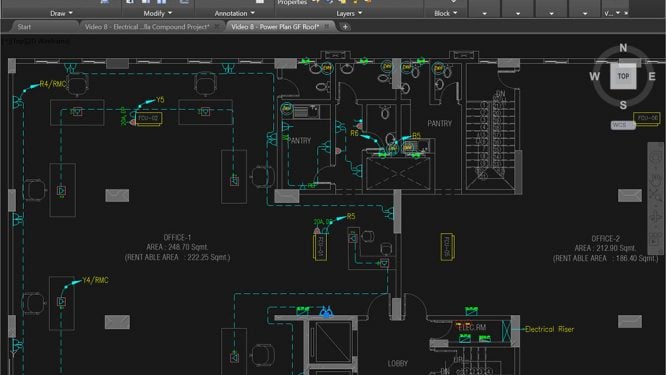 Low Voltage Distribution and Lighting Design Bundle: AutoCAD, Dialux, Excel (Course + Coursebook)
Low Voltage Distribution and Lighting Design Bundle: AutoCAD, Dialux, Excel (Course + Coursebook) 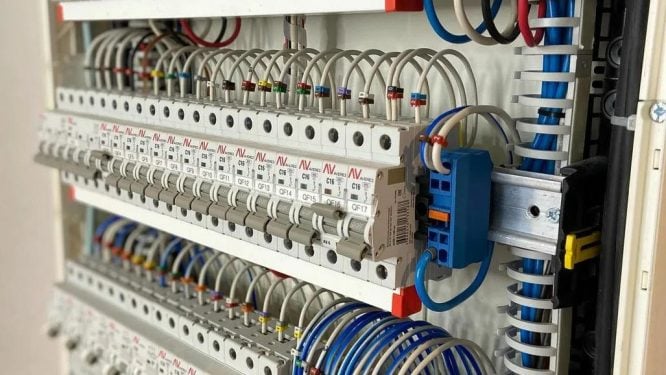 Low Voltage Power Distribution Course For Beginners
Low Voltage Power Distribution Course For Beginners  Electrical Designing and Drafting Course (Part 2)
Electrical Designing and Drafting Course (Part 2)  Mastering Transformer Vector Groups: Learn How To Analyze and Draw Windings Connections
Mastering Transformer Vector Groups: Learn How To Analyze and Draw Windings Connections  Power System Analysis, Modelling, Load Flow and Fault Studies for True Engineers
Power System Analysis, Modelling, Load Flow and Fault Studies for True Engineers  Mastering Power Substations: Electrical Equipment, Busbar Schemes and Relay Protection
Mastering Power Substations: Electrical Equipment, Busbar Schemes and Relay Protection  Gas-Insulated Switchgear Course: Design, Installation, Operation and Maintenance, Testing
Gas-Insulated Switchgear Course: Design, Installation, Operation and Maintenance, Testing  Understanding the Concepts Behind Power System Reliability
Understanding the Concepts Behind Power System Reliability  A Detailed Course to Wave Energy Conversion For True Engineers: Theory and System Implementation
A Detailed Course to Wave Energy Conversion For True Engineers: Theory and System Implementation  Learn How to Perform Calculations of Electrical Loads and Design the Protection System
Learn How to Perform Calculations of Electrical Loads and Design the Protection System  Relay Control and Protection Bundle: Complete Relay Circuitry and Schematics (Five Courses)
Relay Control and Protection Bundle: Complete Relay Circuitry and Schematics (Five Courses) 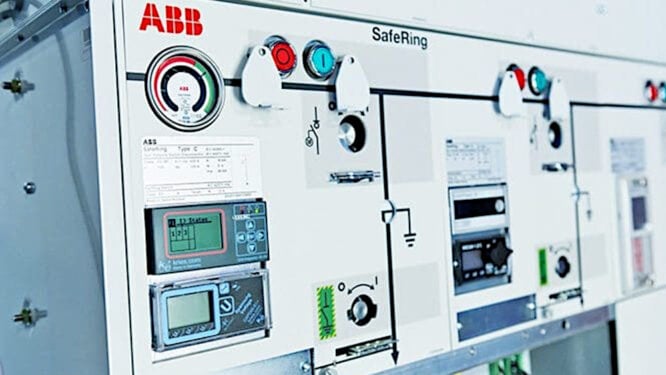 Practical Course to Ring Main Unit and Medium Voltage Cables in Ring Power Distribution Systems
Practical Course to Ring Main Unit and Medium Voltage Cables in Ring Power Distribution Systems  The Essentials of Capacitor Banks: Connections, Calculations and Relay Protection
The Essentials of Capacitor Banks: Connections, Calculations and Relay Protection 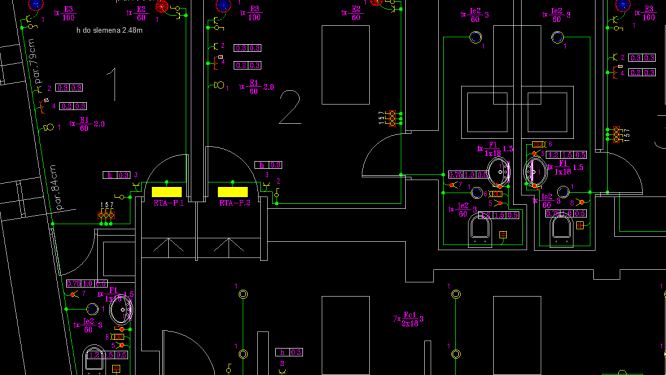 Electrical Designing and Drafting Bundle (Two Courses)
Electrical Designing and Drafting Bundle (Two Courses)  Power Engineering Course: Relay Control and Protection For LV/MV/HV Switchgear
Power Engineering Course: Relay Control and Protection For LV/MV/HV Switchgear  Generation and Measurements of High Voltage and Overhead Transmission Line Insulators
Generation and Measurements of High Voltage and Overhead Transmission Line Insulators  Course to Relay Circuitry and Understanding Control and Protection Schematics
Course to Relay Circuitry and Understanding Control and Protection Schematics 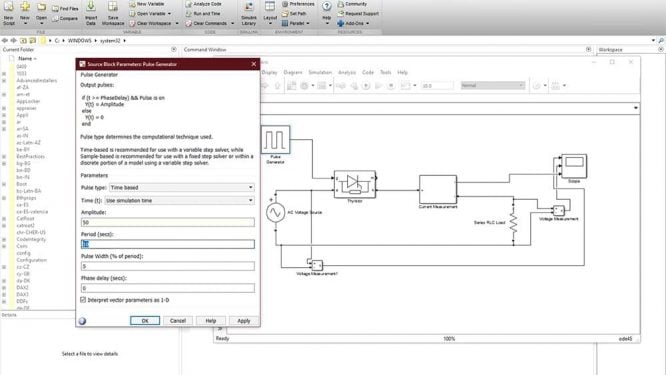 MATLAB Simulations using Simulink for Power Electronics, Electric Motors, Generators and Solar
MATLAB Simulations using Simulink for Power Electronics, Electric Motors, Generators and Solar  Complete Power Engineering Bundle (Six Courses)
Complete Power Engineering Bundle (Six Courses)  Advanced Electrical Machines MasterClass: Examples, Industrial Applications and Troubleshooting
Advanced Electrical Machines MasterClass: Examples, Industrial Applications and Troubleshooting  MATLAB/Simulink for Analog and Digital Electronics
MATLAB/Simulink for Analog and Digital Electronics 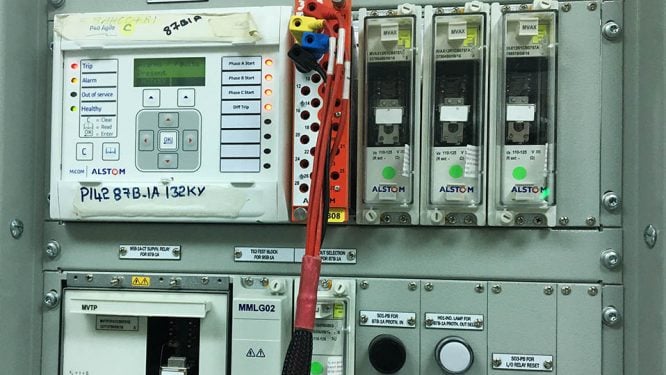 Circuit Breaker Failure Protection Course: Function, CB Scheme/Trip Matrix and Various Busbar Schemes
Circuit Breaker Failure Protection Course: Function, CB Scheme/Trip Matrix and Various Busbar Schemes 
